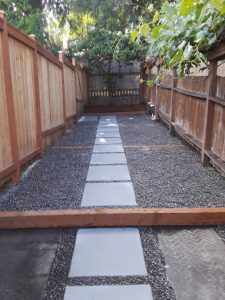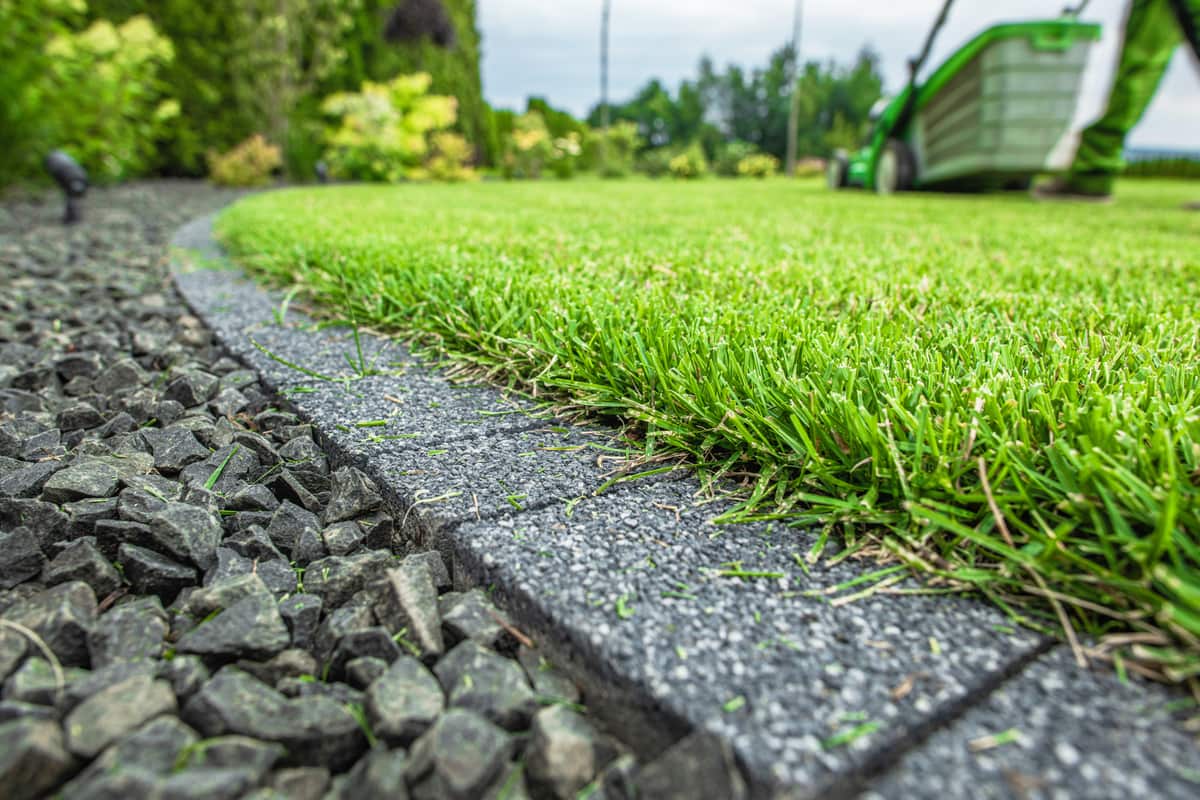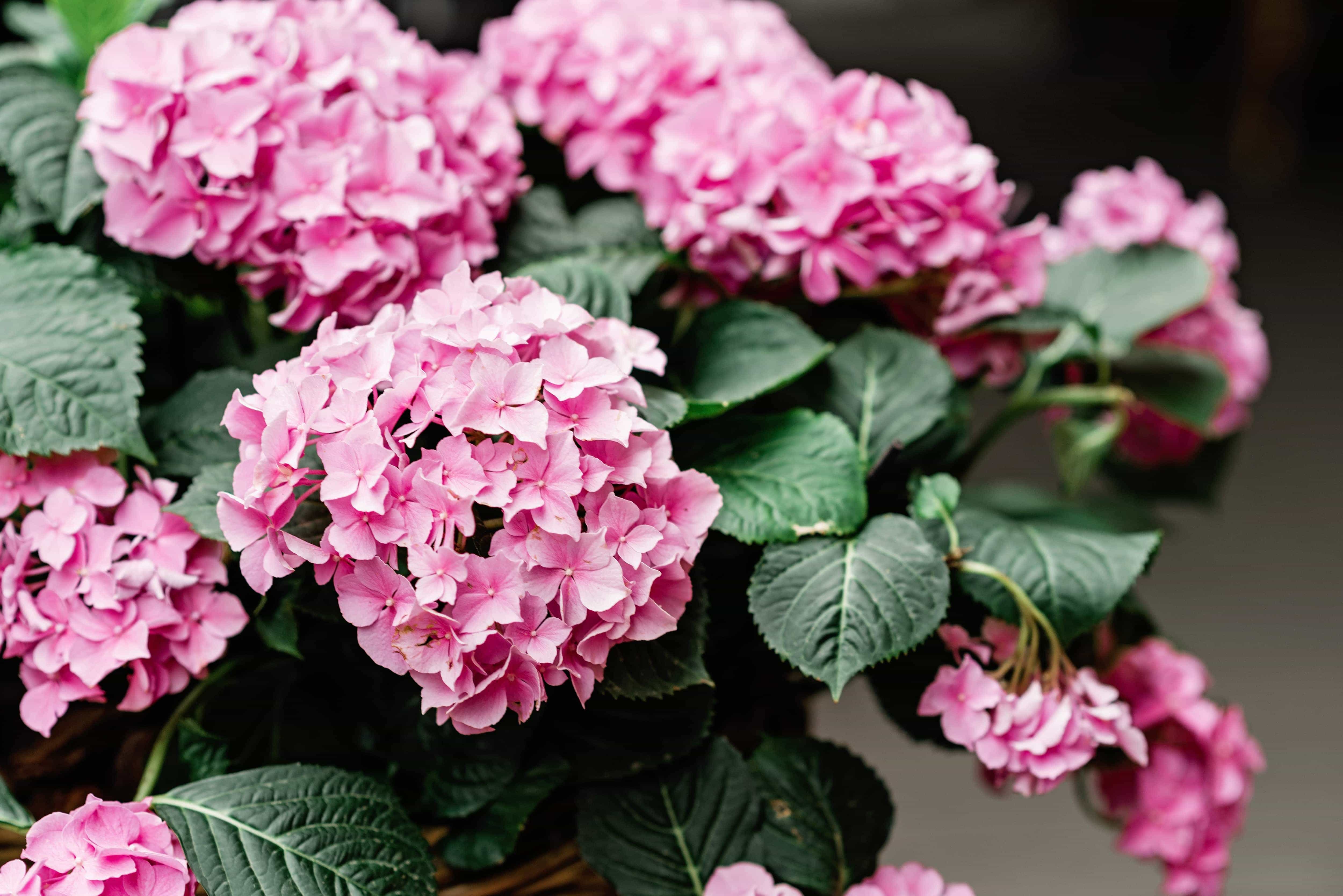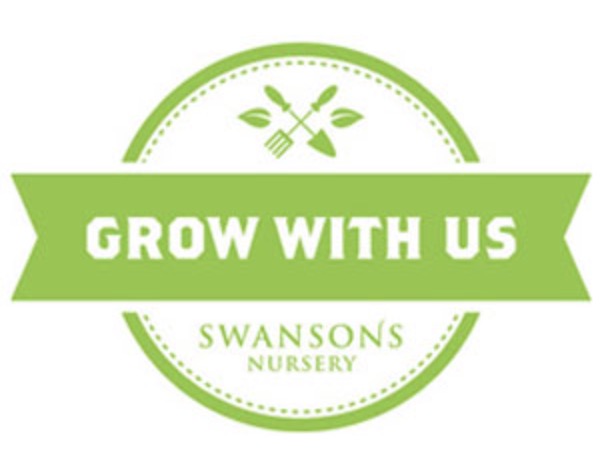How to Plant Bulbs: A Step-by-Step Guide for a Vibrant Garden
Planting bulbs is an easy and rewarding way to add color and beauty to your garden. With a little care and the right timing, you can enjoy beautiful flowers season after season. Here’s a step-by-step guide to help you plant bulbs successfully in your Seattle garden.
Step 1: Choose the Right Time
The best time to plant most bulbs is in fall, about 6-8 weeks before the ground freezes. This allows the bulbs to establish strong roots before winter sets in, ensuring that they bloom beautifully when spring arrives.
Step 2: Select a Location
- Soil Type: Choose a location with well-draining soil. Bulbs do not like to sit in waterlogged soil, which can cause rot.
- Sunlight: Make sure the spot gets the right amount of sunlight for the bulbs you’re planting. Most spring-flowering bulbs like tulips, daffodils, and hyacinths thrive in full sun. Check the specific bulb variety for ideal conditions.
Step 3: Prepare the Soil
- Loosen the Soil: Use a shovel or garden fork to loosen the soil to a depth of 8-10 inches. This ensures that the bulbs have plenty of room to grow and develop strong roots.
- Add Organic Matter: If necessary, mix in compost or fertilizer to enrich the soil. This will provide the bulbs with the nutrients they need for healthy growth.
Step 4: Plant the Bulb
- Position the Bulb: Place the bulb in the hole with the pointed end up. The pointed end is where the flower stems will emerge, so it’s important to position it correctly.
- Depth: A general rule is to plant the bulb at a depth of 2-3 times the height of the bulb. For example, if the bulb is 2 inches tall, plant it about 4-6 inches deep.
Step 5: Cover and Water
- Fill the Hole: Gently cover the bulb with soil, making sure the soil is loose but firm enough to provide support for the bulb.
- Water Thoroughly: Water the bulb well after planting to help settle the soil around it. Ensure the area stays moist until the ground freezes, but avoid over-watering.
How Long Do Bulbs Last?
Bulbs are perennials, meaning they come back year after year. However, their lifespan can vary depending on the type:
- Spring-Flowering Bulbs (e.g., tulips, daffodils, hyacinths): These typically bloom for 3-5 years before needing replacement.
- Summer-Flowering Bulbs (e.g., cannas, dahlias): These often need to be replanted every year, as they don’t always overwinter well in colder climates.
- Fall-Flowering Bulbs (e.g., crocuses, grape hyacinths): These bulbs can naturalize and return for many years.
How to Extend the Life of Your Bulbs
To ensure your bulbs last as long as possible and continue to thrive, follow these tips:
- Deadhead Flowers: After blooming, remove spent flowers to prevent the plant from putting energy into seed production.
- Allow Foliage to Die Back Naturally: Once the flowers have faded, let the leaves die back on their own. This allows the plant to store energy in the bulb for the following year.
- Divide and Replant Overcrowded Bulbs: Every few years, divide your bulbs if they become overcrowded. This helps them bloom better and grow stronger.
- Store Bulbs During Dormancy: If you’re growing summer-flowering bulbs, like dahlias, dig them up after the first frost and store them in a cool, dry place during the winter.
Conclusion
By following these simple steps, you can plant bulbs successfully and enjoy stunning blooms in your Seattle garden for years to come. With the right care, bulbs like tulips, daffodils, and hyacinths will brighten your yard season after season. Whether you’re a seasoned gardener or a beginner, planting bulbs is an easy way to add beauty and color to your landscape.
Have questions or need help planting your bulbs? Lee’s General Landscaping is here to assist with all your gardening needs. Contact us today for advice or to schedule a consultation! Happy planting!









.jpg)














